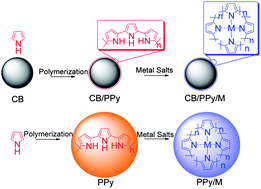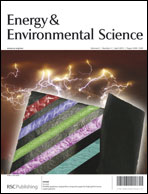Use of polypyrrole in catalysts for low temperature fuel cells
Abstract
Carbon materials, especially Vulcan XC-72 carbon black, are the most widely used catalyst support in low temperature fuel cells. Several disadvantages of these catalyst supports, however, limit the catalyst performance leading to reduced fuel cell performance and durability: low resistance to corrosion at high potentials, micropores leading to limited accessible surface, impermeability to gases and liquids, and no proton conductivity. Therefore, development of novel supports or modified carbon materials is essential to commercialization of low temperature fuel cell technology. Due to unique metallic/semiconductor characteristics along with excellent environmental stability, facile synthesis and high conductivity, polypyrrole (PPy), a member of the conjugated heterocyclic conducting polymers, has been considered the most promising alternative to carbon supports in fuel cells. Extensive research on PPy-containing catalysts has been reported in the last twenty years. This paper systematically and critically reviews the progress and main achievements of PPy use in both anode and cathode catalysts for low temperature fuel cells. Insight into the remaining challenges and future research directions is also discussed.


 Please wait while we load your content...
Please wait while we load your content...